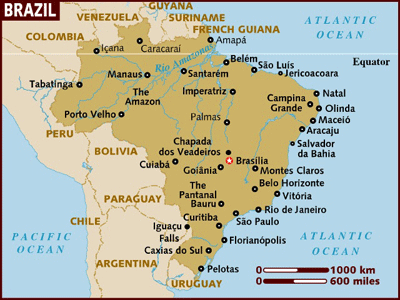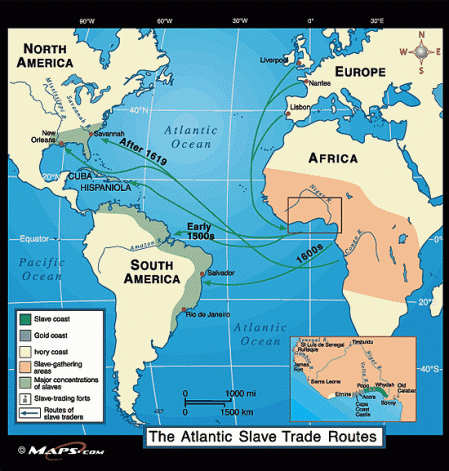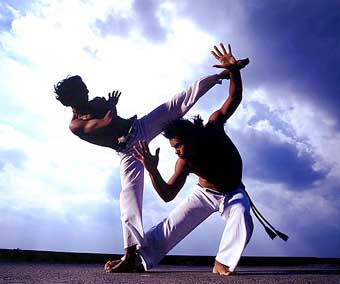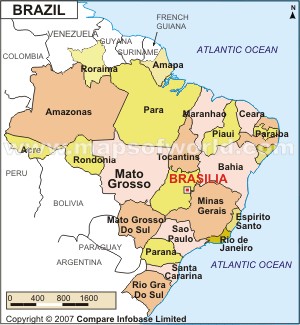Afro-Brasil
October 24, 2009 by mceakinFor the past three days I have been in Salvador da Bahia, the old colonial capital of Brazil, and the birthplace of the slave and sugar plantation complex that spread across tropical and subtropical America from the sixteenth to the nineteenth centuries. It was here in Salvador da Bahia de Todos os Santos (The Savior of the Bay of All Saints) that the Portuguese transplanted cane sugar from their tiny island possessions off the African coast (Madeira in particular) in the late sixteenth century and began to transport black Africans to work on the expanding plantations on the Brazilian coast. From the 1570s to the 1660s, the northeastern coast of Brazil became the first great sugar plantation of the world driving the rise of the modern transatlantic slave trade, and making sugar a standard part of the diet of the European world. After 1650, the Dutch, then the British and the French, all anxious to profit from this lucrative enterprise, constructed their own plantations in the islands of the Caribbean accelerating the Atlantic slave trade. Even after the rise of a gold boom in southeastern Brazil in the eighteen century shifted the flow of enslaved Africans to the previously tiny port village of Rio de Janeiro, hundreds of thousands of Africans continued to flow into the sugar plantations of the region around Salvador.
As best we can estimate, about 12 million Africans arrived in chains in the Americas from the early 1500s to the 1870s. Africans and their descendents eventually could be found working in all the European colonies in the Americas in nearly every sector of the labor force, although the vast majority toiled in the countryside in agriculture. About one-third of these Africans (3.5-4 million) came to Brazil, about 40 percent to the Caribbean basin (5 million), and only 6-7 percent into what became the states of the U.S. South (about 750,000). All of these societies were built on the sweat and blood of enslaved Africans and their descendents. In the cases of Brazil and most of the islands in the Caribbean, the societies had slave majorities, and after emancipation in the nineteenth century, non-white majorities. (In what is now the United States, only South Carolina had a black/slave majority for a brief period in the eighteenth century.) Nowhere else in Brazil is the imprint of Africa as pronounced and enduring as Salvador. According to one traditional Brazilian saying, “If Brazil’s land is American, its façade is European, and its soul is African.”

Slave Routes

Capoeira


Nenhum comentário:
Postar um comentário